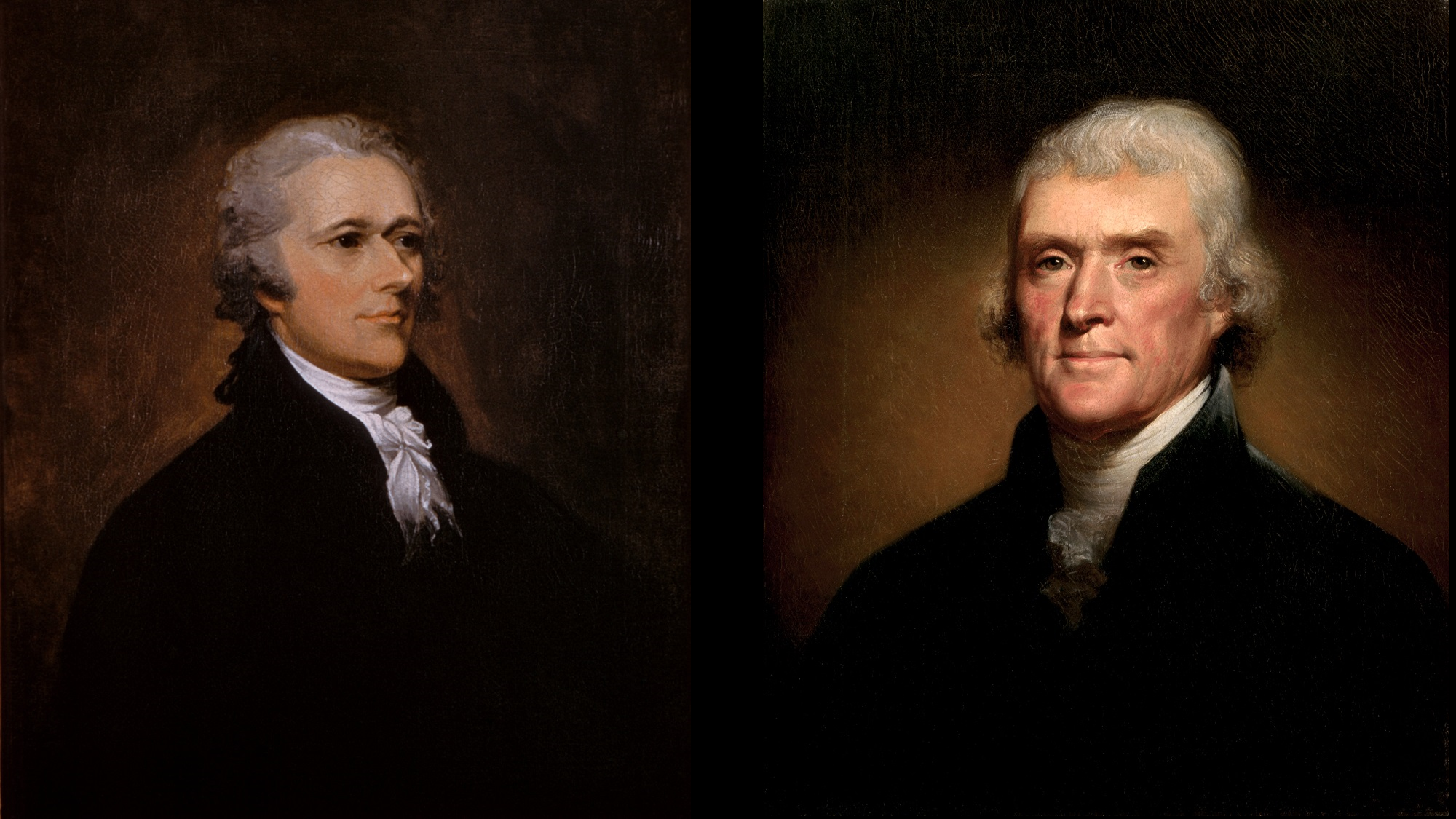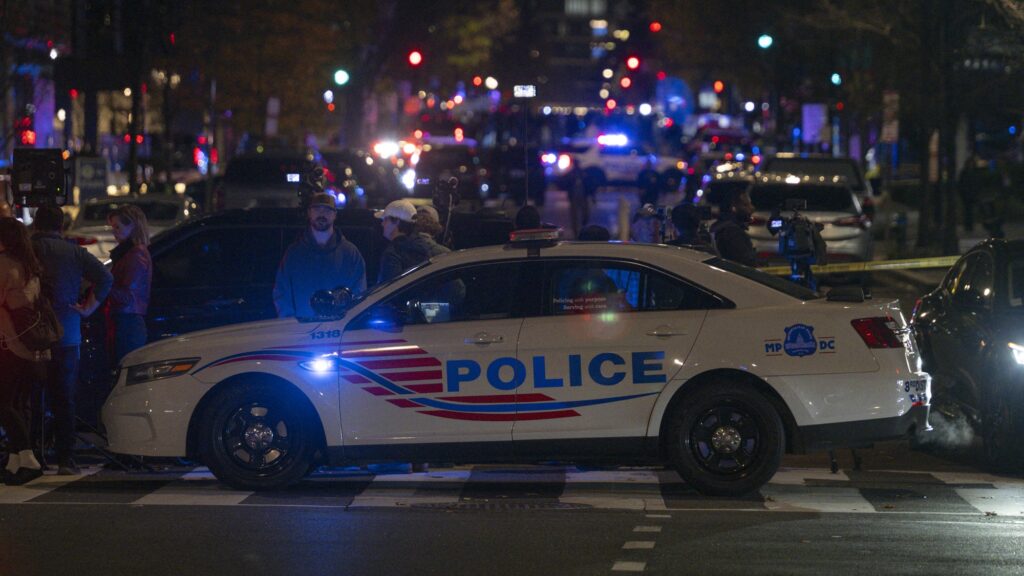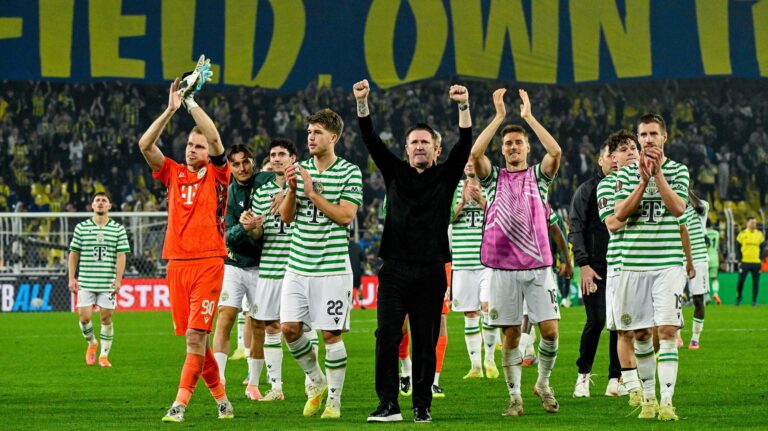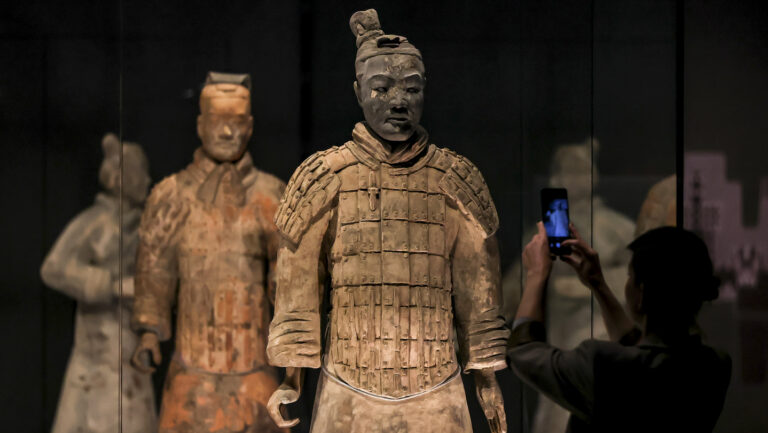As any reasonable observer would imagine, American politics has not always been about the divide between Republicans and Democrats, ‘Team Red’ and ‘Team Blue’. In fact, the first party divide in US history is not even best described on today’s conservative-liberal spectrum. Instead, American politics’ originally bipolar split was about the balance between federal and state powers.
Even before that, however, it is important to stress that the American political system was originally designed as a non-partisan one.
So much so that in his farewell address in 1796, President George Washington still advised his fellow countrymen to avoid forming parties, as party interest at times can undermine national interest—even though at that point, that was a little too late. The initial version of the Electoral College is also a testament to the founders’ lack of consideration for political tribalism. Before the 12th amendment, ratified in 1804, the person with the most electoral votes would become President, and the person with the second most votes would become Vice President (with each elector casting two votes). In the current adversarial system, that evidently would be quite problematic.
So, the first political divide in American history was purely ideological with no organized party structure to back up either side. The federalists (with a lowercase f at this point) were in favour of ratifying the Constitution outlined at the 1787 Constitutional Convention; while the anti-federalists thought it gave the federal government too much power, and thus were against ratifying it.
This was hardly a fair fight, as federalist George Washington, the hero of the American Revolution, was unanimously elected President of the United States. However, two states with strong anti-federalist support, North Carolina and Rhode Island, refused to participate in the first-ever US presidential election, held in 1788–1789, in protest of the Constitution. New York ended up not sending any electors either, but not in protest. The two chambers of their state legislature simply could not agree on a selection process before the deadline.
As time went on, however, this original debate in American history was settled. Rhode Island was the last to ratify the constitution in 1790, but even they ended up doing so.
So, when the second big divide emerged from the ashes of the first in the US government, the participants were looking for another quick resolution. Still on the same axis of federal vs state power, despite President Washington’s misgivings, the first two political parties were formed.
The Federalists were founded as early as 1789, the year President Washington first took office, by Secretary of the Treasury Alexander Hamilton, who was looking to create organized support for the President’s agenda in both Congress and states across the Union. They favoured a strong central government, with things such as high tariffs for more federal revenue (federal income tax was out of the question at the time), a national bank, a standing federal army, and quickly mending relations with Great Britain. In opposition to that agenda, Secretary of State Thomas Jefferson and Virginia Congressman James Madison created the Republican Party in 1792, which is today referred to as the Democratic–Republican party, to distinguish them from the modern Republican Party founded in 1854 (they also alternatively described themselves as democrats at times). In contrast, they were favouring low tariffs, state and private banks over a national bank, state militias over a federal army, and closer relations to revolutionary France than Britain.
Thomas Jefferson vs Alexander Hamilton (AP US History – APUSH Review)
http://www.tomrichey.net This is a brief introduction to the conflicts between Thomas Jefferson and Alexander Hamilton during the Washington Administration that led to the formation of the first two party system in the United States. This lecture is intended for AP US History (APUSH) students but may be helpful to students of government and politics, as well.
As we have written above, this original party divide was also mainly about federal vs state power, but this time, within the context of a ratified US Constitution. Madison, the primary author of the Constitution, believed that the powers of the federal government should be limited to those specifically outlined in the document; while Alexander Hamilton argued that, under the Necessary and Proper Clause of Article I, the federal government can assume powers not enumerated in the Constitution, unless it explicitly forbids it.
As for one of our earlier points, the participants of this debate were aiming to put this issue to rest quickly. In a letter Jefferson wrote to President Washington in May 1792, he was trying to persuade the first POTUS to stay in office for another term. In his arguments, he wrote that he believed that by the 1794 Congressional elections, his party could win such a majority over the Federalists that their threat of corrupting the government could be over, and then Washington could retire in peace.
Jefferson also had a very ungenerous view of his opposition. He did not view them as his fellow countrymen trying to do what they thought best for the country. Rather, as evil, scheming politicians who ‘will form the most corrupt government on earth’ (an actual quote from his letter) and who were trying to establish a monarchy in the US like there was in Britain. The ‘sportsmanship’ approach to politics between opposing parties in the United States only became typical in the 20th century.
The first two political parties were more loosely organized than the modern political groups of today. They mostly relied on the opinions of their influential party leaders, rather than structured national organizations. They did not even hold any official party conventions. The first such convention in American history did not take place until 1831, held by Henry Clay’s National Republican Party, which formed out of the anti-Jacksonian faction of the Democratic–Republican Party.
Related articles:







